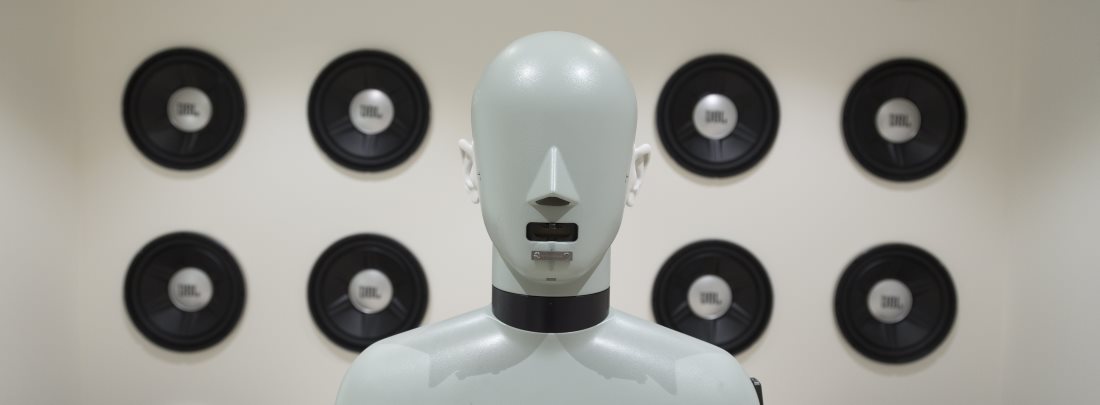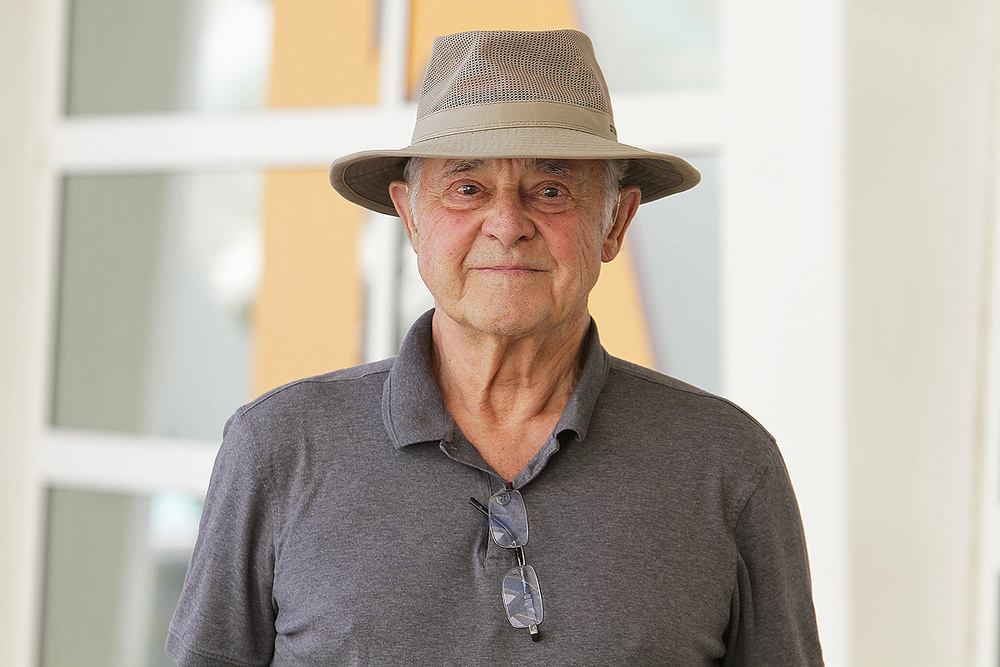In association with Prof. John Chowning’s guest visit to Trondheim and NTNU, he will play a concert at Vitensenteret 6th November.
Concert at Planetarium by Prof. John Chowning – Composer from Stanford University & Inventor of the FM sound synthesis
Date: 6th November 2019
Time: kl. 16:30
Venue: Planetarium in Trondheim (Vitensenteret) https://www.vitensenteret.com/nb/planetarium
Artist: John Chowning, Professor of Music Emeritus, Stanford University
Facebook event: please, mark yourself “Interested or Going” at the Facebook event: https://www.facebook.com/events/521326765381374/
Tickets: FREE
Sponsored by the Elektronisk systemdesign og innovasjon NTNU with technical support from Musikkteknologi NTNU from NTNU Institutt for musikk
Program
This will be a “green” concert— no paper programs — with the program notes, bios, relevant links available online before and after the concert. The time-line graphic score for the piece Stria as well as the program notes before each piece will be projected on the planetarium screen.
Famous pieces by John Chowning: Sabelithe, Turenas, Phone, and Stria.
More information about J. Chowning’s compositions: https://ccrma.stanford.edu/people/john-chowning
Bio
John M. Chowning grew up in Wilmington Delaware where he studied music through high school. Following military service in a Navy band and university studies at Wittenberg University, he studied composition with Nadia Boulanger in Paris for three years where for the first time he heard electroacoustic music. Aided by Max Mathews of Bell Telephone Laboratories and David Poole of Stanford, he set up a computer music program using the computer system of Stanford University’s Artificial Intelligence Laboratory in 1964. His initial research led to the first generalized sound localization algorithm implemented in a quad format in 1968. In 1967 he discovered and developed an algorithm for generating complex sounds using frequency modulation (FM). This breakthrough in the synthesis of timbres allowed a very simple yet elegant way of creating and controlling time-varying spectra. Inspired by the acoustic and perceptual research of Jean-Claude Risset in the domain of timbre, he worked toward turning this discovery into a system of musical importance, using it extensively in his compositions. In 1977 Stanford University licensed the FM synthesis patent to Yamaha in Japan, leading to the most successful family of synthesizers in the history of electronic musical instruments.
Chowning was elected to the American Academy of Arts and Sciences in 1988. The French Ministre de la Culture awarded him the Diplôme d’Officier dans l’Ordre des Arts et Lettres in 1995. Chowning taught computer-sound synthesis and composition at Stanford University’s Department of Music and was the founding director of the Center for Computer Research in Music and Acoustics (CCRMA), which continues to be one of the leading centers for computer music and related research.




